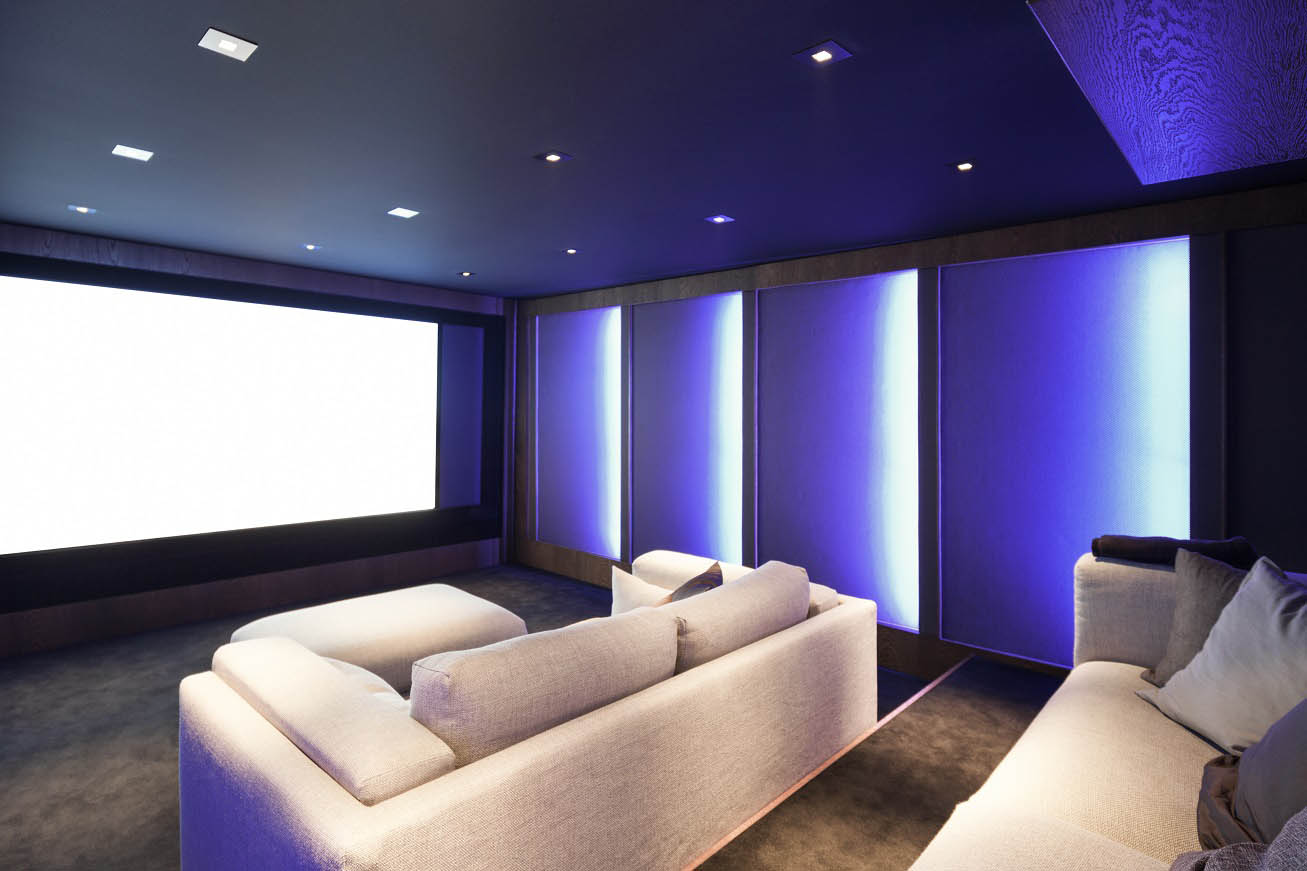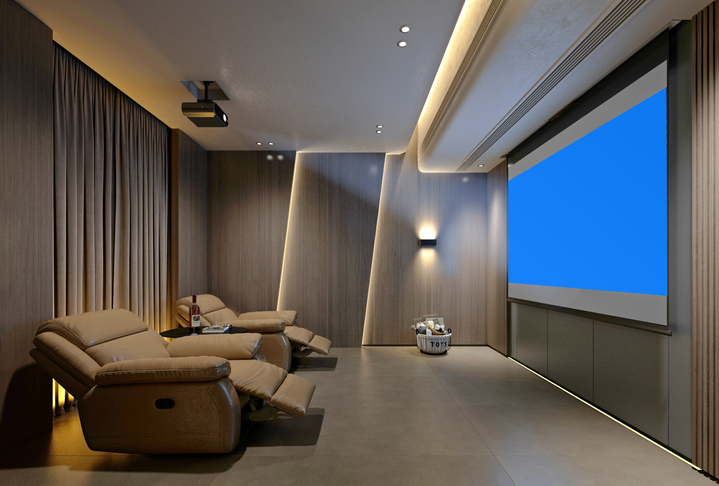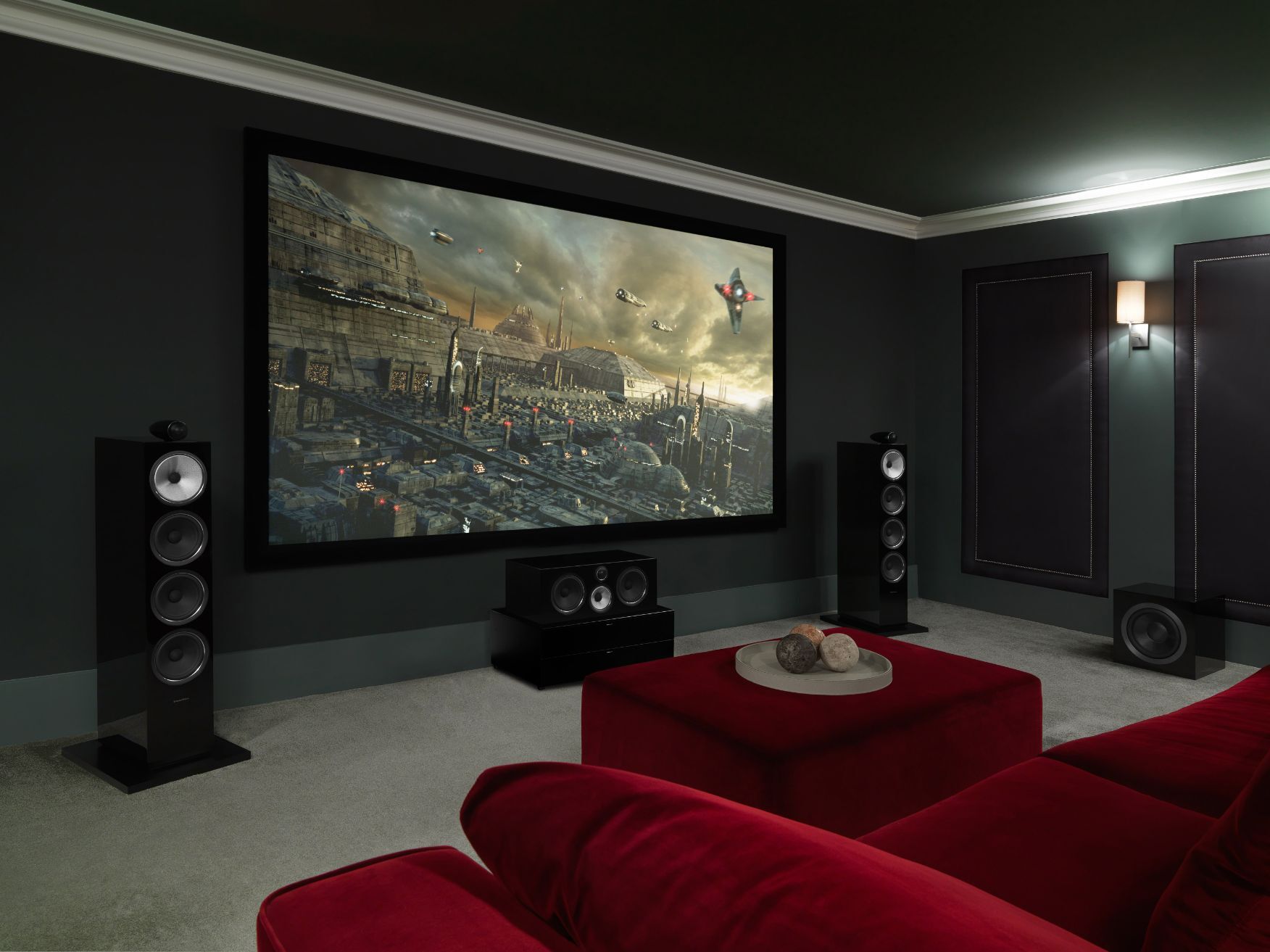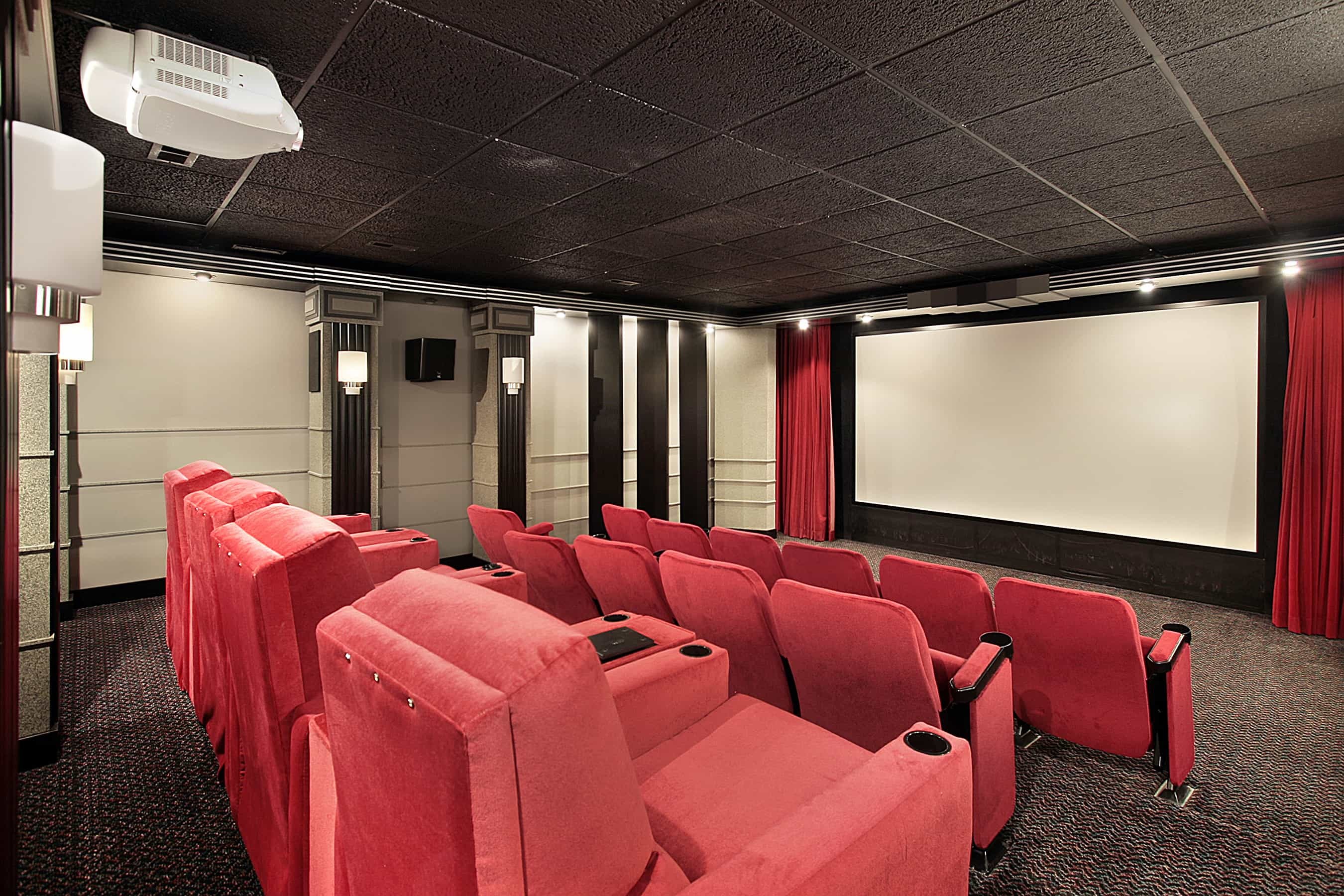Key Reasons to Choose Home Theater Tampa for Your Upcoming Project
Key Reasons to Choose Home Theater Tampa for Your Upcoming Project
Blog Article
Home Theater 101: Everything You Required to Know for a Motion Picture Experience at Home
Developing a home theater that measures up to the cinematic experience of a business theater entails cautious consideration of numerous elements, including display option, audio systems, and room format. Whether you are pondering the optimal display size or the ins and outs of border noise, comprehending these principles is essential.
Picking the Right Screen
When establishing a home cinema, selecting the ideal screen can make or damage the checking out experience - tampa home theater. The display acts as the focal point of your setup, affecting image high quality, seeing angles, and general visual. Secret aspects to think about consist of display resolution, size, and kind
Initially, figure out the ideal display size based upon your room measurements and seating distance. A basic standard is to rest approximately 1.5 to 2.5 times the diagonal screen size for ideal viewing. Next, choose between various display kinds, such as fixed-frame, mechanized, or retractable displays, each offering distinct advantages. Fixed-frame displays normally supply the very best picture quality, while motorized choices enable flexibility in area usage.
Resolution is an additional vital factor. For an absolutely immersive experience, consider a display made for 4K and even 8K content, making sure intensity and clearness. In addition, think about the screen's gain, which impacts illumination and comparison; a greater gain can boost illumination in well-lit spaces, while a reduced gain might be better for darker environments.
Selecting Sound Equipment
Audio tools is an essential component of any kind of home theater system, dramatically improving the overall watching experience. The option of audio gear can determine the deepness, clarity, and immersion of noise, crucial for creating a motion picture environment.
When selecting audio equipment, consider a border audio system, which usually includes a receiver, several speakers, and a subwoofer. A 5.1 or 7.1 network system is advised, where the very first number stands for the speakers and the 2nd the speaker, providing an immersive soundscape. The receiver is the heart of the system, managing sound and video signals, and ought to sustain contemporary formats like Dolby Atmos for an enhanced spatial experience.
Quality audio speakers are necessary; look for versions that offer a balanced audio profile with great bass feedback. Floor-standing audio speakers can create richer noise, while shelf choices conserve space. Furthermore, think about wireless choices for ease of installation, although wired systems frequently deliver remarkable performance.

Ideal Seating Arrangements
Creating an optimal home theater experience pivots substantially on optimum seating setups. The setup of seats plays an important role in both comfort and viewing quality, directly influencing the general cinematic experience.
First, consider the screen dimension and seeing range. A typical standard is to position seats at a distance roughly 1.5 to 2.5 times the angled dimension of the screen. This makes sure an immersive experience without straining the eyes.
Next, elevation is essential. If your seating is in a tiered format, the back rows need to be more than the front to stay clear of obstructions. For level seats, make certain that the front row is not as well near the display, and that every person has a clear line of sight.
Additionally, take into consideration the setup in regards to social characteristics. Team seating look at this website can improve the communal experience, while specific seats might be preferred for individual viewing.

Finally, prioritize comfort with ergonomic seats that supports extended watching periods. Integrating recliners or supported seats can substantially enhance the experience, making the home theater a recommended location for both enjoyment and leisure.
Lighting and Atmosphere
Efficient illumination and atmosphere are crucial elements of a properly designed home movie theater, as they substantially affect the watching experience. The right illumination can boost the motion picture feel, while poor options can detract from it. For optimum outcomes, take into consideration a layered lights approach that includes ambient, job, and accent lighting.
Ambient lights offers basic illumination, guaranteeing that the room is not entirely dark, which can stress the eyes. Dimmer buttons are highly suggested, permitting changes based upon the material being viewed. Task lighting, such as wall sconces or flooring lamps, provides functional lighting for activities like reading or navigating the space without interrupting the total ambience.
Accent lighting can be utilized to highlight architectural features or develop focal factors, including deepness and rate of interest to the area. LED strip lights behind displays or along shelves can offer a refined glow that improves the visual experience without frustrating the audience.

Wiring and Installation Tips
A tactical circuitry configuration is important for attaining ideal performance in your home movie theater system. Correct circuitry not check these guys out only guarantees top quality sound and video clip signals however also enhances the total aesthetic of your space. Begin by drawing up your design, identifying where each part will be positioned, including your screen, speakers, and receiver.
When choosing cable televisions, prioritize top notch, appropriately assessed electrical wiring to reduce signal loss. HDMI wires ought to be used for video clip links, while speaker cord need to match the requirements of your speakers and amplifier. Choose in-wall rated cables to adhere to safety and security requirements and maintain a tidy appearance.

Final Thought
In recap, producing an extraordinary home cinema experience calls for careful consideration of different components, including screen selection, audio devices, seating setups, lights, and electrical wiring. By prioritizing these aspects, a cinematic ambience can be successfully replicated, allowing for immersive seeing experiences that rival standard cinema setups.
Developing a home cinema that measures up to the cinematic experience of a commercial theatre involves careful consideration of multiple components, including screen option, sound systems, and space format.When setting up a home theater, selecting the right display can make or damage the viewing experience. Next, pick in between numerous display types, such as fixed-frame, motorized, or retracting displays, each offering distinct advantages. For a really immersive experience, consider a screen developed for 4K or even 8K content, ensuring intensity and clarity.In recap, creating a phenomenal home cinema experience needs cautious consideration of numerous components, including screen option, audio devices, seating arrangements, lights, and electrical wiring.
Report this page